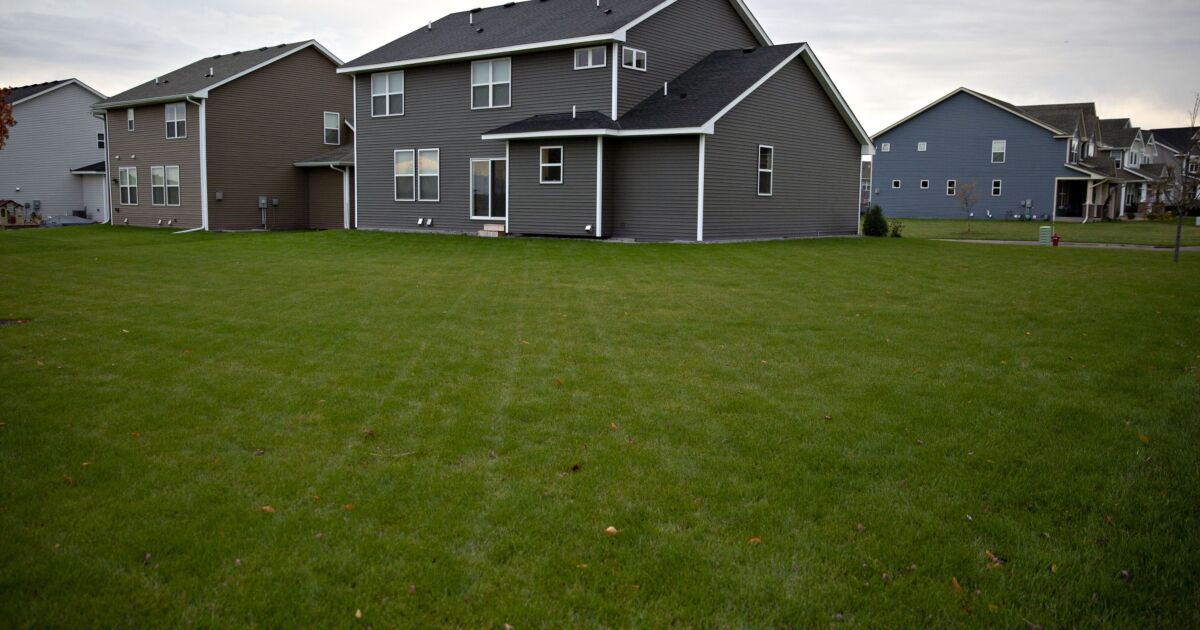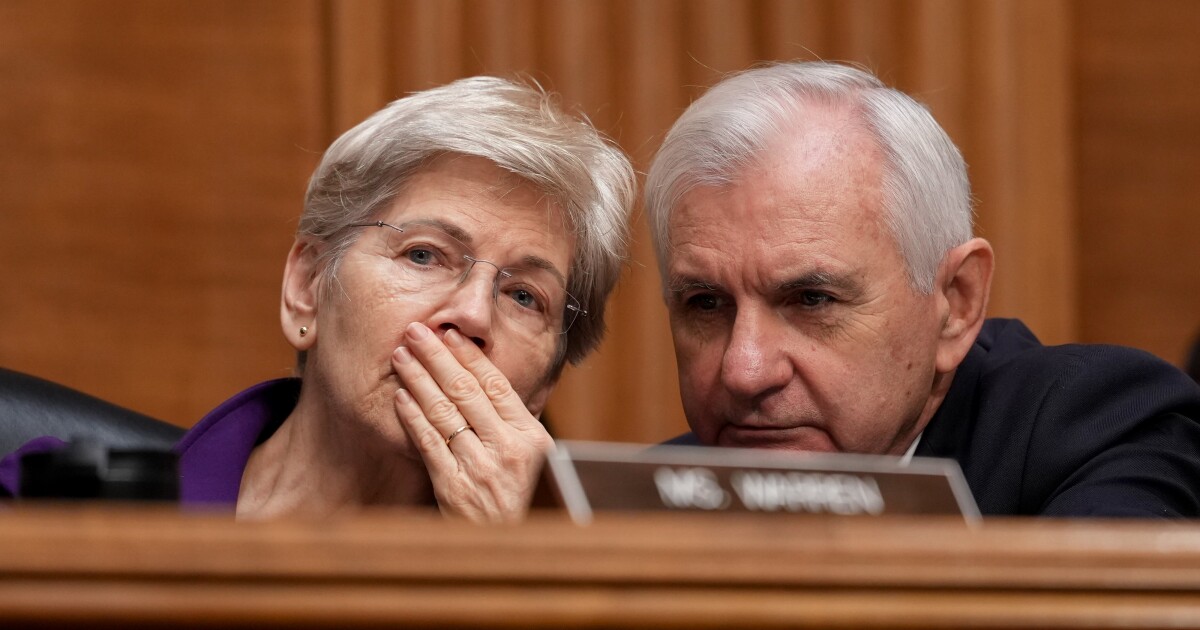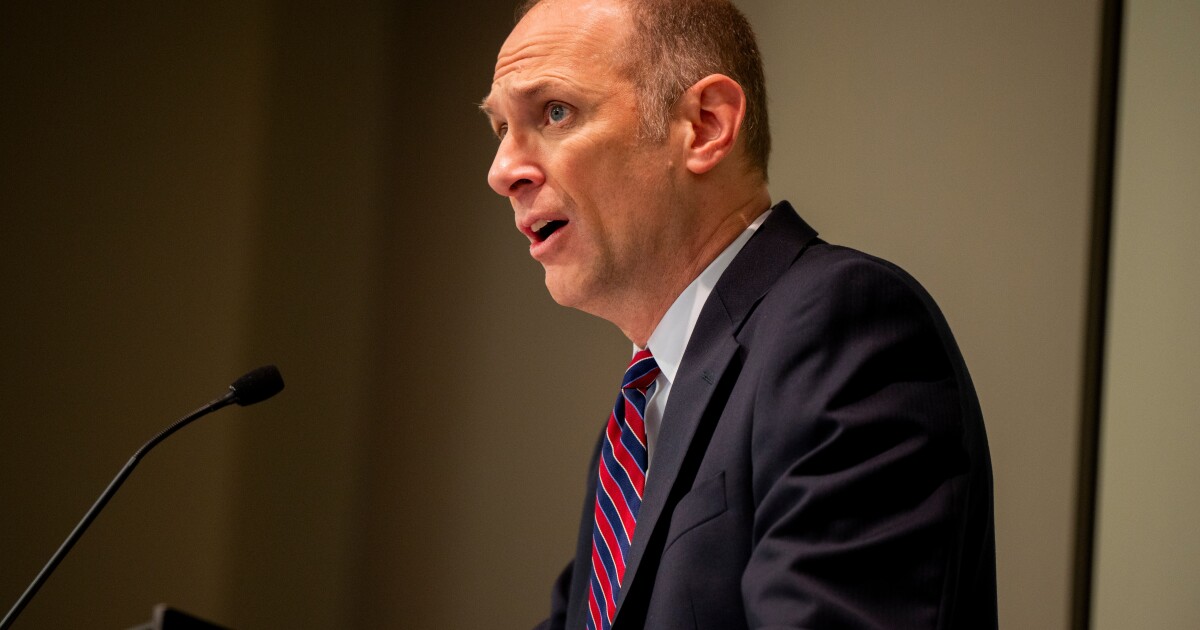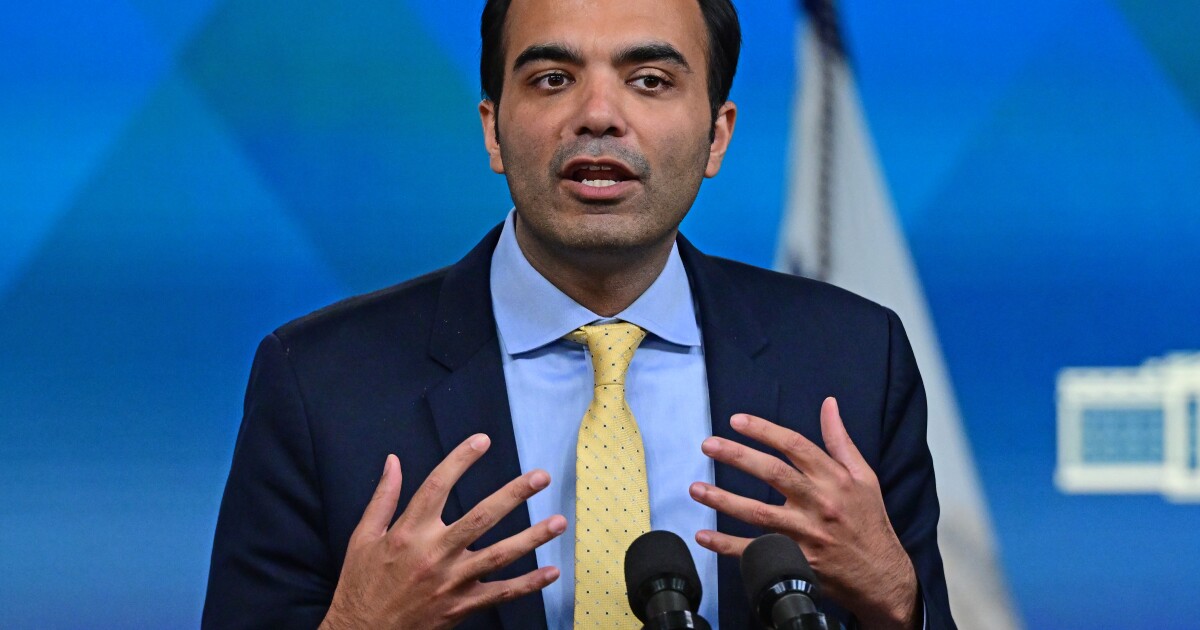
The 10-year Treasury yield is threatening to move above the 5% mark for the first time since July 20, 2007, and with current spreads near 300 basis points, that is likely to push mortgages above 8% in the near future, Freddie Mac said.
At one point on Thursday morning, the 10-year yield was at 4.97%, although just before noon, it was at 4.94%, a gain of 3 basis points on the day but over 22 basis points higher than the close on Oct. 12.
The rise in the 10-year over the last few weeks is in large part a result of the Federal Reserve's statements around holding rates higher for longer, as well as the broader strength in the U.S. economy, which is likely to translate to inflation remaining sticky, noted Selma Hepp, chief economist at CoreLogic.
"The reason for today's jump may be in response to Fed Chairman Jerome Powell's address later today and expectations that he will be hawkish," Hepp said. "Markets are not in favor. The impact on mortgage rates is similar, higher for longer and unfortunately very damaging for the housing market."
At 12:10, the 10-year was at 4.92% as investors digested Powell's remarks being made at the Economic Club of New York luncheon.
Specifically, added Mark Fleming, chief economist at First American Financial, it is not just affordability for buyers being affected, it has created "an even stronger disincentive to sell for existing homeowners.
"Fewer homes to buy, but paradoxically, the higher mortgage rates go, the more pressure there is on home prices to go up," he said.
Rates for the 30-year fixed conforming mortgage rose 26 basis points between October 11 and October 18, to 7.787%, according to data from Optimal Blue.
Similarly, Zillow Home Loans reported an average rate for the 30-year fixed of 7.69% as of Wednesday, up 27 basis points from the previous week's average of 7.42%. As of midmorning Thursday, Zillow's tracker for this product increased another two basis points to 7.71%.
The change in the Freddie Mac Primary Mortgage Market Survey was more restrained, with the 30-year FRM increasing by just 6 basis points for the week of Oct. 19, to 7.63% from 7.57%. For the same period in 2022, it was 6.94%.
The last time the PMMS was this high was the week of Dec. 1, 2000, at 7.65%.
The 15-year FRM rose just 3 basis points to 6.92% from 6.89% the prior week and 6.23% the previous year.
Even though the commentary at this week's Mortgage Bankers Annual convention was that the Federal Open Market Committee was done raising short-term rates, Zillow Home Loans Senior Macroeconomist Orphe Divounguy is seeing a different dynamic.
"Economic activity is on the rise and the latest inflation numbers show upside inflation risk remains…and traders' expectations are rising for the Federal Reserve to resume rate hikes," Divounguy wrote in a commentary released on Wednesday.
Traders in longer-term bonds act based on expectations of economic growth and inflation.
"Inflation expectations are moving higher," Divounguy said. "Political dysfunction in the nation's capital and rising government borrowing are also likely contributing to the increased pressure on yields."
It is not just consumers that are affected by the rising rates, but also homebuilders, said Sam Khater, Freddie Mac's chief economist, in a press release.
"Incoming data shows that the construction of new homes rebounded in September but as rates keep rising, homebuilders appear to be losing confidence," Khater said. "As a result, we expect construction to trend down in the short-term."
Tighter overall financial conditions should lower demand for labor and the related wage growth, which the Fed has also been concerned about, Divounguy commented.
"A surprise downshift in economic activity and an end to the recent leadership challenges in Congress would pull yields and mortgage rates lower," Divounguy continued. "A weakening global economy and lasting conflict abroad would have the same effect."



